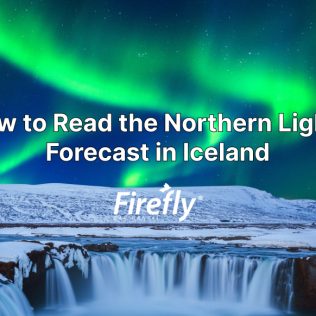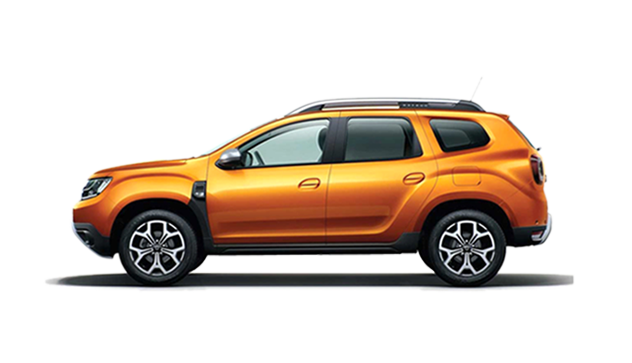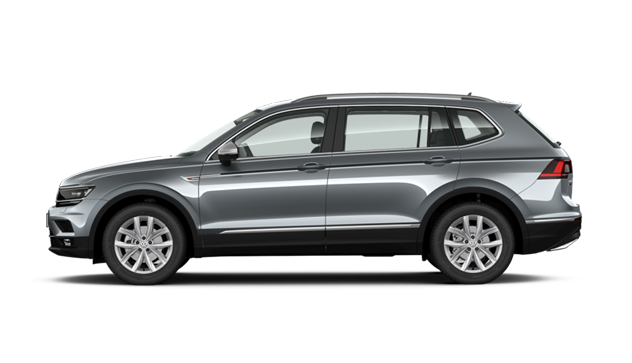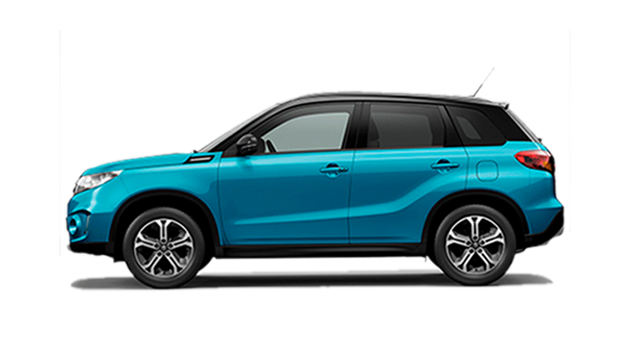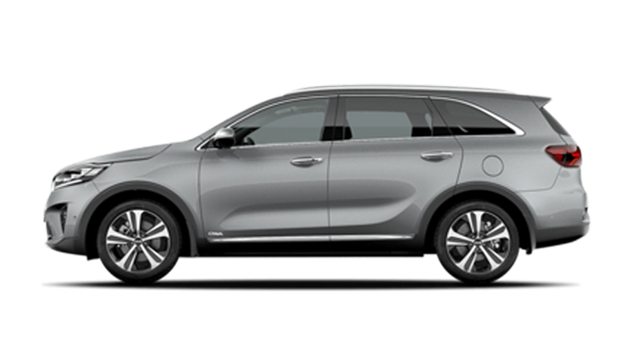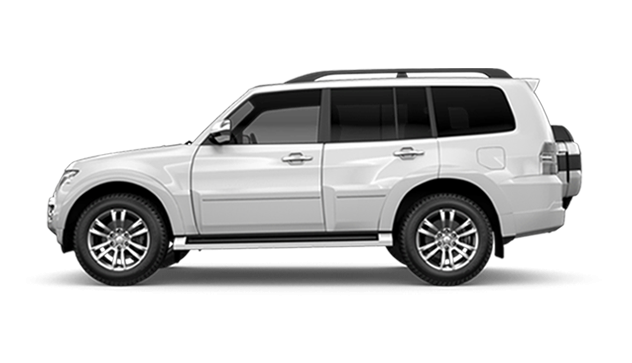Iceland is one of the best places in the world to experience the northern lights. Not only do the skies darken for extra hours during the aurora borealis season, but the country’s location near the earth’s magnetic field also makes for amazing viewing potential!
But there are a few things you need to know to heighten your chances of seeing this natural phenomenon — including checking the northern lights forecast. Here’s how to maximize your chances of seeing the northern lights in Iceland.
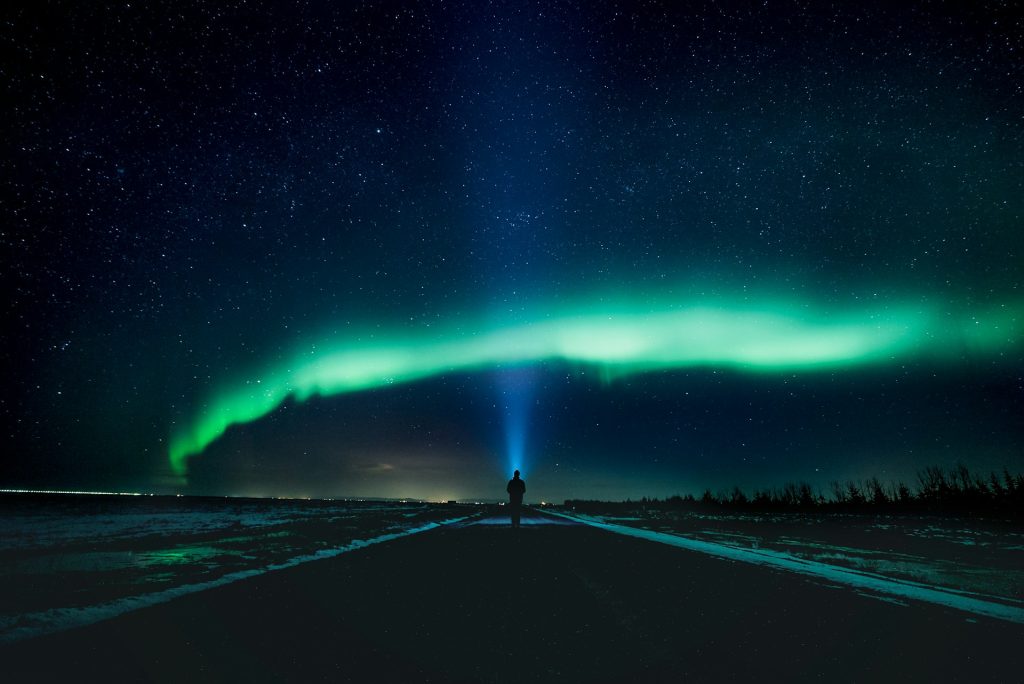
What is a Northern Lights Forecast?
A northern lights forecast is a weather monitoring tool that helps predict when and where you’re most likely to see the aurora borealis. It primarily measures geomagnetic activity through the KP index, a scale ranging from 0 (low activity) to 9 (extreme activity). The higher the KP index, the better the chances of seeing the northern lights—especially if it reaches KP 5 or higher, which indicates a geomagnetic storm.
But the KP index isn’t the only factor to consider. Several natural forces impact aurora visibility, including solar winds, solar activity, and cloud cover.

Solar Winds and Their Role in the Northern Lights
The northern lights are created when charged particles from the sun collide with Earth’s atmosphere. These particles are carried by solar winds, streams of plasma constantly flowing from the sun’s surface. The speed of the solar wind plays a crucial role in determining the intensity of the aurora borealis.
Solar wind strength is measured by its speed (km/s) and density (particles per cm³). Generally:
- Low solar wind speed (<300 km/s): Weak aurora activity
- Moderate solar wind speed (300–500 km/s): Fair chance of northern lights
- High solar wind speed (>500 km/s): Strong northern lights, especially if combined with a high KP index
Another key factor is solar activity, which refers to eruptions like solar flares and coronal mass ejections (CMEs). These events release massive bursts of energy and charged particles, which intensify the northern lights when they reach Earth’s atmosphere. Real-time space weather data from organizations like NASA, NOAA, and the Icelandic Met Office can help track these solar events and improve aurora predictions.
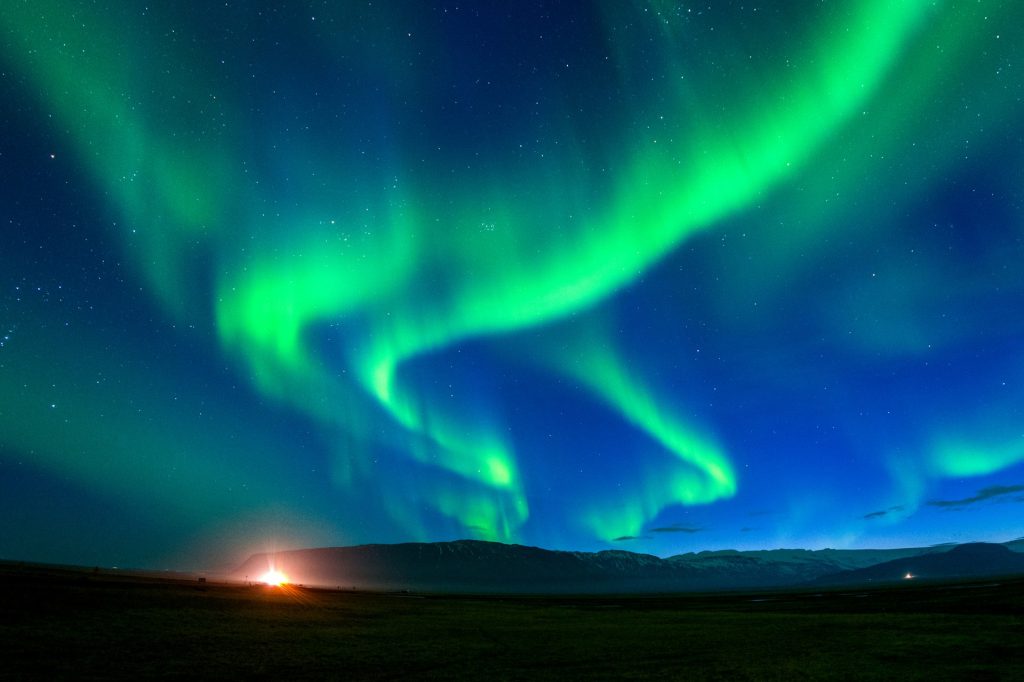
Cloud Cover and Its Impact on Aurora Viewing in Iceland
Even if aurora activity is strong, cloud cover can completely block your view. That’s why checking the cloud cover forecast is just as important as looking at the KP index and solar wind speed.
The Icelandic Met Office (Vedur.is) provides a cloud cover map, which shows:
- Low-level clouds (white areas on the map): More likely to obstruct the view
- Clear sky or scattered clouds: Best conditions for northern lights viewing
Since weather changes rapidly in Iceland, checking real-time satellite images and updated space weather forecasts can help you adjust your viewing plans for the best possible experience.
The green parts are the area covered by cloud:
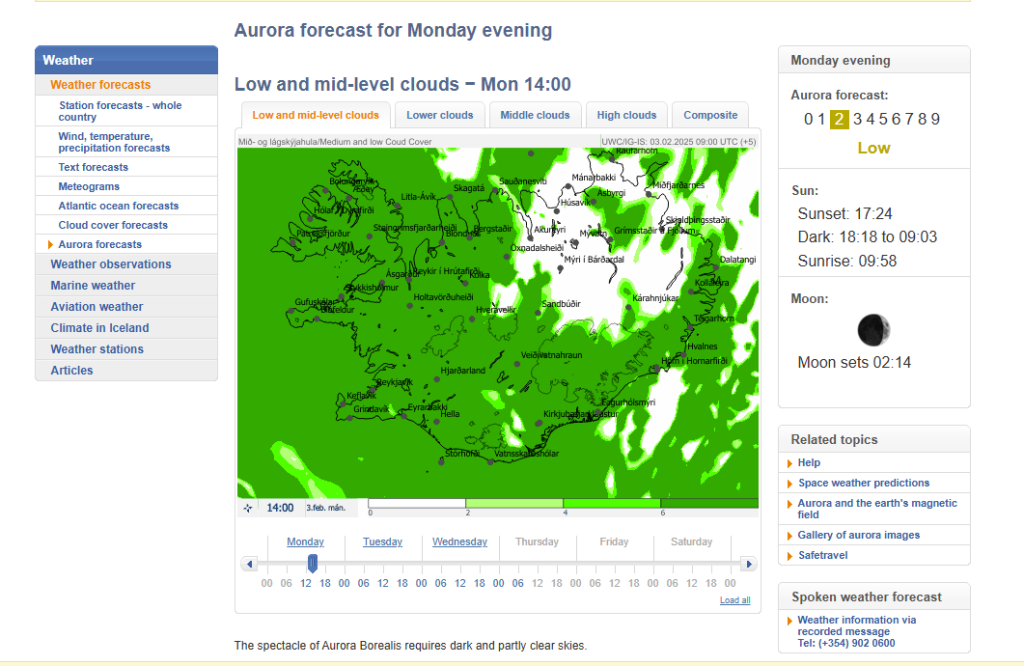
How Far in Advance Can You Predict the Northern Lights?
Northern lights forecasts are not long-term predictions. The KP index and solar wind activity can be estimated up to 27 days in advance, but these predictions are not always reliable. Most public forecast pages, like those from the NOAA and the Icelandic Met Office, will only give you an accurate 3-day aurora forecast based on real-time space weather data.
To maximize your chances of seeing the northern lights in Iceland, check both the aurora forecast and the cloud cover map on the day of your trip. A high KP index, fast solar wind speed, strong solar activity, and clear skies are your best bet for an unforgettable northern lights experience!
How to Use and read the Icelandic MET Office Website forecast
Here’s our step-by-step guide for deciphering the northern lights forecast in Iceland.
Pull up the aurora forecast on the official MET office website, also known as vedur.is. They make the northern lights forecast very easy to read. Simply look on the right hand side of the web page to see the KP index, listed 0-9. There will also be a reading that tells you if chances are low, moderate, or excellent.
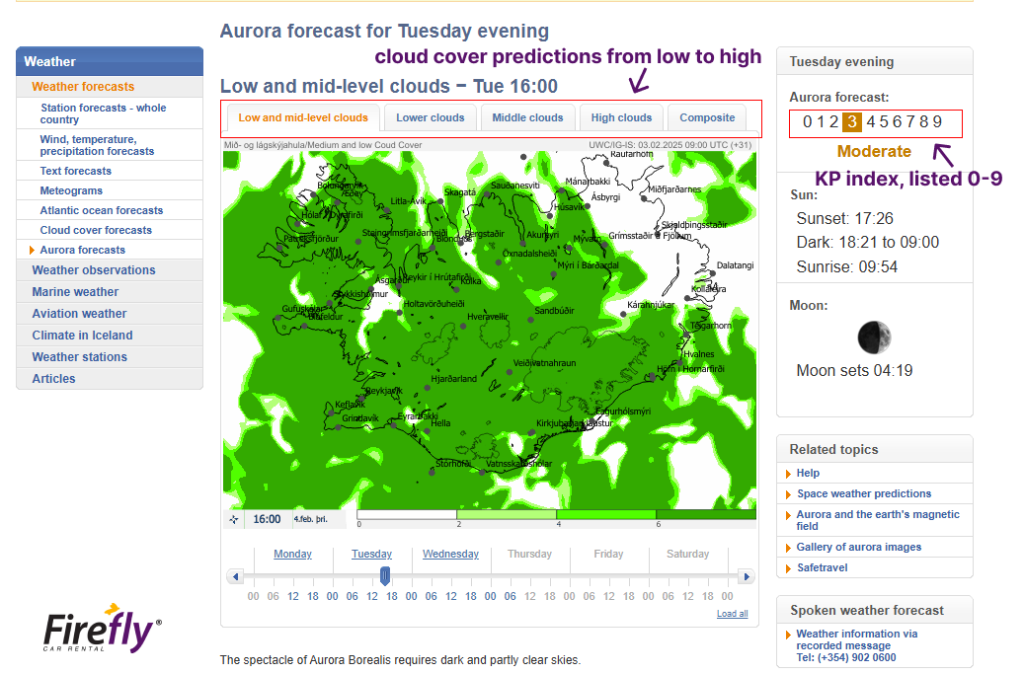
Look in the top bar, above the map, to see the cloud cover predictions from low to high. Toggle the arrow below the map to see the forecast over the next three days. This combination of weather and aurora forecast is excellent for telling if you’ll have a good chance of seeing the northern lights or not. Even if the KP index is high, clouds can completely cover the lights.
When and Where to See the Northern Lights in Iceland
You can see the northern lights from anywhere in Iceland — as long as you’re visiting during the season. The best time to see the northern lights in Iceland is from September to April, during the long, polar nights. Peak season is from November to March.
Just because one area of Iceland can see the northern lights, doesn’t mean another is also guaranteed to see them. For example, the northern town of Akureyri might see them while Reykjavik doesn’t, and vice versa! Cloud cover can also lessen your chances for seeing the northern lights.
Renting a car is the best way to see the northern lights in Iceland as you’ll have the freedom to drive to isolated areas where there’s better viewing potential. This is also a good way to escape light pollution from Iceland’s cities like Reykjavik.
How to Increase Your Chances of Seeing the Northern Lights
- Check the aurora forecast regularly to see which nights have the highest KP index.
- Also check the weather to see which nights will be cloud-free.
- Stay for multiple nights so you have a larger amount of time to spot the auroras.
- Go to areas where light pollution is at a minimum.
- Rent a car so that you can easily drive to areas with a high KP index rating.
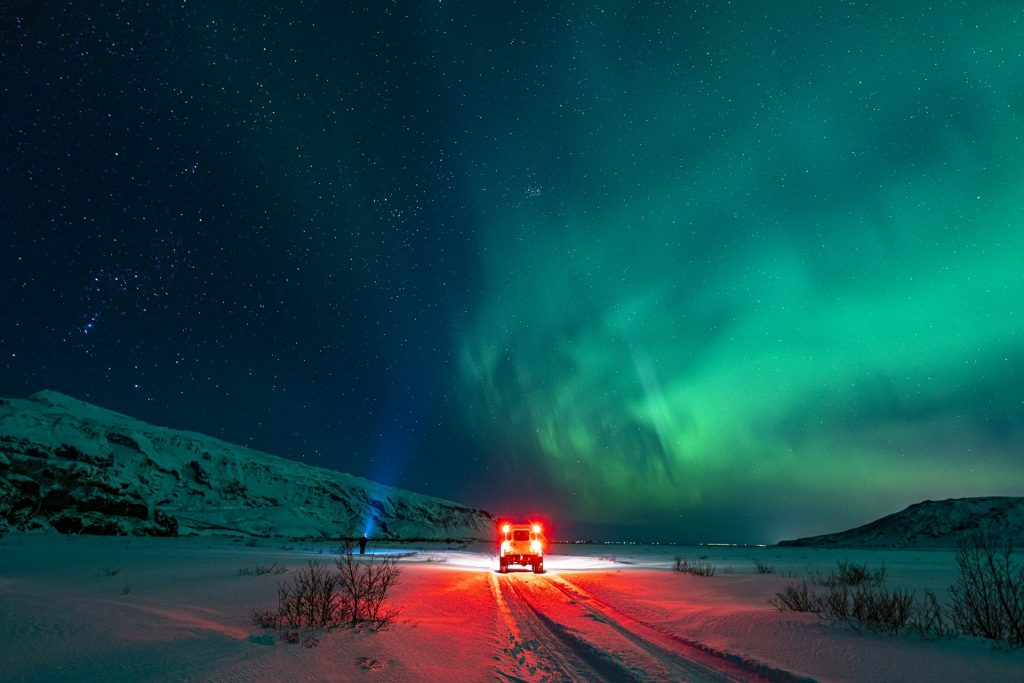
Best rental car for chasing the northern lights in Iceland
The best rental car for chasing the northern lights in Iceland is a 4×4 SUV. This is because the northern lights season is in the winter months, when road conditions can be tricky due to snow and ice. You’ll want a dependable vehicle that can drive through bad weather conditions and get you to more remote locations that are great for spotting the northern lights!
Conclusion
Ready to plan your epic adventure seeking out the northern lights in Iceland? Start by renting a car with Firefly Iceland Car Rentals. Our reliable fleet of vehicles is ideal for pursuing your bucket list dreams of spotting the auroras.
